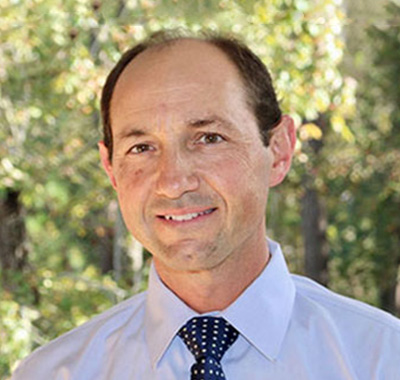
Diabetes is a systemic condition that impacts the entire body, including the feet. Among the foot problems associated with diabetes are peripheral neuropathy, a type of nerve damage, and diabetic foot ulcers, which are open wounds that can become infected. Each year, between 40 and 60 million diabetic patients worldwide experience lower limb complications due to these issues. To prevent serious complications, it is important to remain vigilant about any changes in your feet. Perform daily inspections, paying close attention to cuts, scrapes, sores, discoloration, or unusual sensations. Early detection is important to manage and prevent more severe problems. If you notice any abnormalities or have concerns about your foot health, do not hesitate to seek medical care. A podiatrist can provide specialized treatment and guidance to help manage diabetes-related foot issues effectively. If you have diabetes, it is suggested that you are under the care of a podiatrist to ensure your feet stay healthy and protected.
Diabetic foot care is important in preventing foot ailments such as ulcers. If you are suffering from diabetes or have any other concerns about your feet, contact one of our podiatrists from Carolina Foot & Ankle Specialists. Our doctors can provide the care you need to keep you pain-free and on your feet.
Diabetic Foot Care
Diabetes affects millions of people every year. The condition can damage blood vessels in many parts of the body, especially the feet. Because of this, taking care of your feet is essential if you have diabetes, and having a podiatrist help monitor your foot health is highly recommended.
The Importance of Caring for Your Feet
- Routinely inspect your feet for bruises or sores.
- Wear socks that fit your feet comfortably.
- Wear comfortable shoes that provide adequate support.
Patients with diabetes should have their doctor monitor their blood levels, as blood sugar levels play such a huge role in diabetic care. Monitoring these levels on a regular basis is highly advised.
It is always best to inform your healthcare professional of any concerns you may have regarding your feet, especially for diabetic patients. Early treatment and routine foot examinations are keys to maintaining proper health, especially because severe complications can arise if proper treatment is not applied.
If you have any questions, please feel free to contact our offices located in Mount Pleasant and Charleston, SC . We offer the newest diagnostic and treatment technologies for all your foot care needs.






